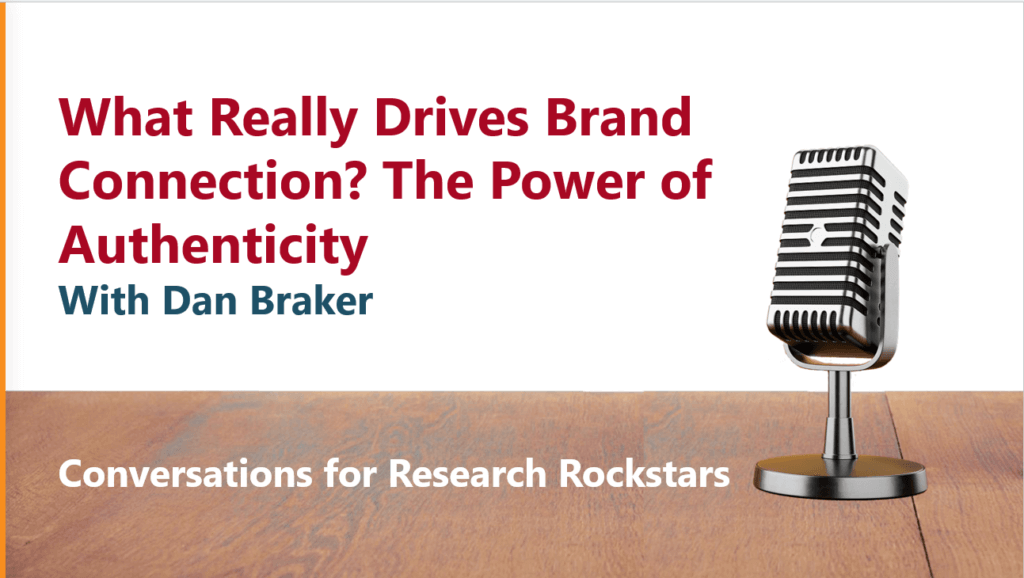[Research Rockstar interns have written synopses of 2013’s best market research articles, as selected by Kathryn Korostoff. This is the third in our series. This synopsis was written by Research Rockstar intern, Audra Kohler.]
Article: Are you thinking what I’m thinking?
Originally published in: research.
July 30, 2013
Rob Egerton and Jeanette Kaye
Have you ever bought something because all of your friends had it? While we may be loath to admit it, our actions are swayed by friends, groups, and the public.
Perhaps even more so than what we realize. Because of this reality, the authors of “Are you thinking what I’m thinking?” argue that market researchers need to go beyond the individual to truly understand consumer behaviors. The authors state that two particular theories should be used more in research to explore the dynamics of influence.
Wisdom of Crowds for Market Research
The author’s first cited theory, wisdom of crowds, was the theme of a popular 2004 book of the same title by James Surowiecki. The basic premise is that group decision-making or estimation is more accurate than individual decision making. An example: a group would be more accurate at estimating the number of candy corn in a jar at your annual Halloween get-together, rather than each individual guesstimating separately. Another researcher, Martin Boon, took this conclusion one step further.
This is where the meat and potatoes lie in this article. Boon reworks this theory to predict elections. Based on his research with actual election results, he concludes that averaging a randomly selected sample’s guesses is more accurate than traditional polling methods. The use of the wisdom of crowd’s theory had two clear distinctions:
- Individuals were not asked how they were going to vote. The sample was asked how they thought others would vote.
- Previous election results were provided to each respondent, which provided a useful context.
Overall, this method proved to be more accurate than traditional polling.
The Theory of Group Behavior for Market Research
In his book “I’ll have What She’s Having,” Mark Earls makes the claim that in determining decisions, the influence of other people is more significant than the actual individual decision maker. But if you think about it, as market researchers, we are great at knowing the individual and their thought process. Rarely do we research how individuals behave in a group and how they are influenced by that group.
According to Egerton and Kaye, “…recent behaviors to which we can all relate point to how individuals can be encouraged into actions not by their own assessment of what they should do next, but by the actions of those around them.” In Earls’ book, he cites the London riots of 2012, laying flowers at traffic accidents or at significant events as examples of group dynamics.
A Powerful Combination for Market Research
By integrating lessons from these two powerful theories, the authors create key market research lessons:
- Acknowledge. Realize that there are limitations to looking at only an individual’s behavior. Behavior of the individual is influenced by group dynamics, the authors argue.
- Explore. Although this is difficult, the authors encourage beginning to map out how others influence an individual.
- Categorize. Egerton and Kaye cite a TED talk by Dereck Sivers, which gave a high importance to breaking down the behavior of early adopters versus followers. This is one way to start categorizing consumer behaviors by group.











